1. Chimera Cats
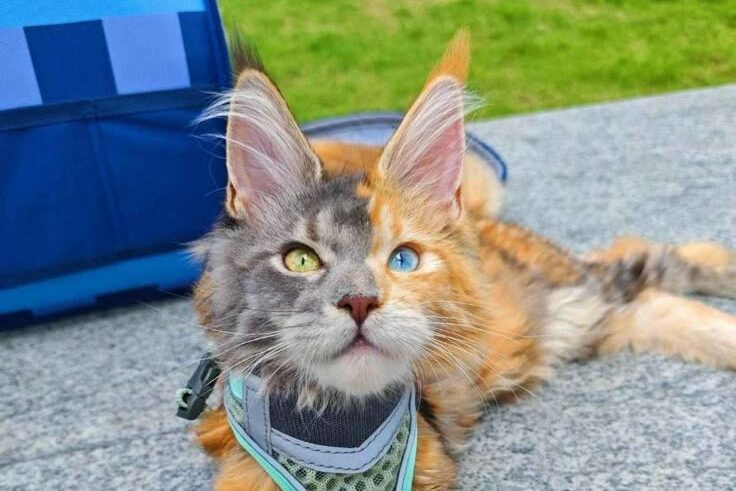
Chimera cats are rare felines composed of two genetically distinct cell lines from different embryos that merged early in development, a phenomenon known as genetic chimera. The striking split‑face appearance, often one side with different fur patterns, eye color, or both, is most famously seen in “Venus,” the two‑faced internet sensation. In her case, a blue eye on the ginger side suggests mosaicism rather than true dual‑DNA origins. While stunning to look at, chimera cats typically live normal, healthy lives with no extra care required due solely to their genetic makeup. Their unique appearance is purely cosmetic and doesn’t affect behavior or lifespan. Because chimerism is rare and unpredictable, each cat is truly one-of-a-kind, making them visually captivating examples of nature’s biological quirks.
2. Lykoi (Werewolf Cat)
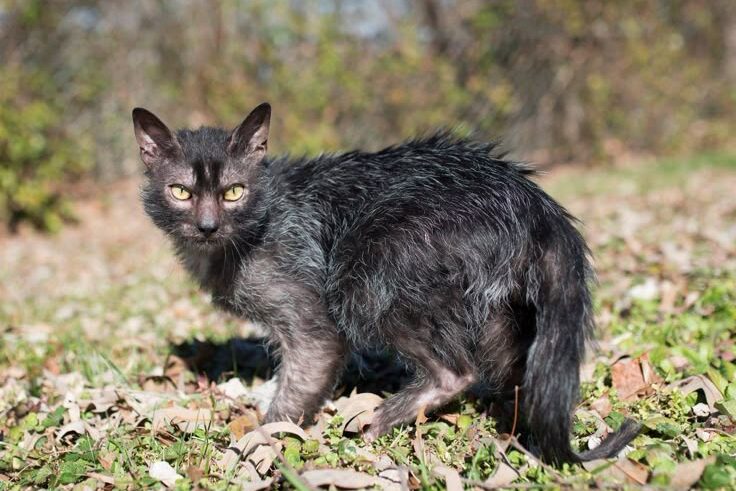
The Lykoi is a natural genetic mutation often nicknamed the “werewolf” cat due to its patchy, roan-colored coat and sparse fur that molts in cycles. With exposed facial features and a lean, muscular body, they resemble mythical creatures more than cuddly pets. Originating from feral cat populations in North America, breeders started the formal lineage about a decade ago. Despite their wild appearance, Lykois are lively, social, and intelligent companions. They enjoy interactive play and puzzle games, and they’re known to bond closely with humans and other pets. Their minimally furred bodies require some extra care: indoor living to prevent sunburn and occasional baths to manage skin oils.
3. Sphynx
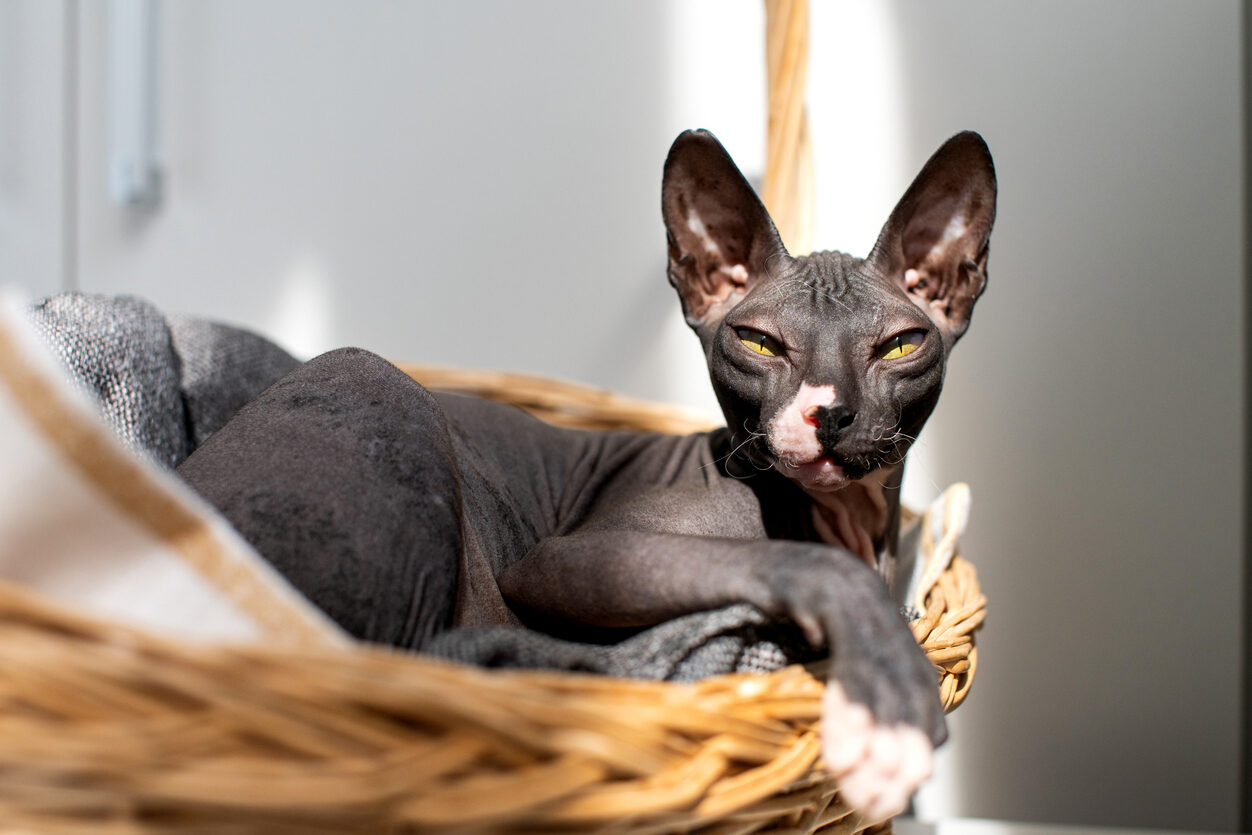
T Phe Sphynx cat is the poster‐child for hairlessness, bald yet covered in peach‑fuzz and warm to the touch, thanks to a recessive genetic mutation that arose in the 1960s in Canada. Their muscular, medium build is wrapped in loose, wrinkled skin, giving them an almost alien vibe. They require regular skin-wiping or baths to remove oil buildup and prevent skin issues.ersonality-wise, Sphynxes are affectionate, outgoing, and energetic, often described as “part cat, part dog” because they follow their humans everywhere, are playful, and learn tricks easily. However, their lack of fur and fast metabolism mean they demand higher-calorie diets and cozy indoor environments to stay healthy and happy.
4. Munchkin

The Munchkin cat is instantly recognizable for its extra-short legs caused by chondrodysplasia, a genetic mutation that gives it a “dachshund-meets-cat” silhouette. Despite the stubby build, their body proportions are normal otherwise, and they come in all coat types and colors. These playful, curious cats are known for their energetic antics, zooming, hopping, and even sitting upright like little rabbits. However, the breed’s unique anatomy can come with health trade-offs, including spinal issues and early-onset arthritis, which has led some countries and associations to ban or restrict breeding.
5. Peterbald
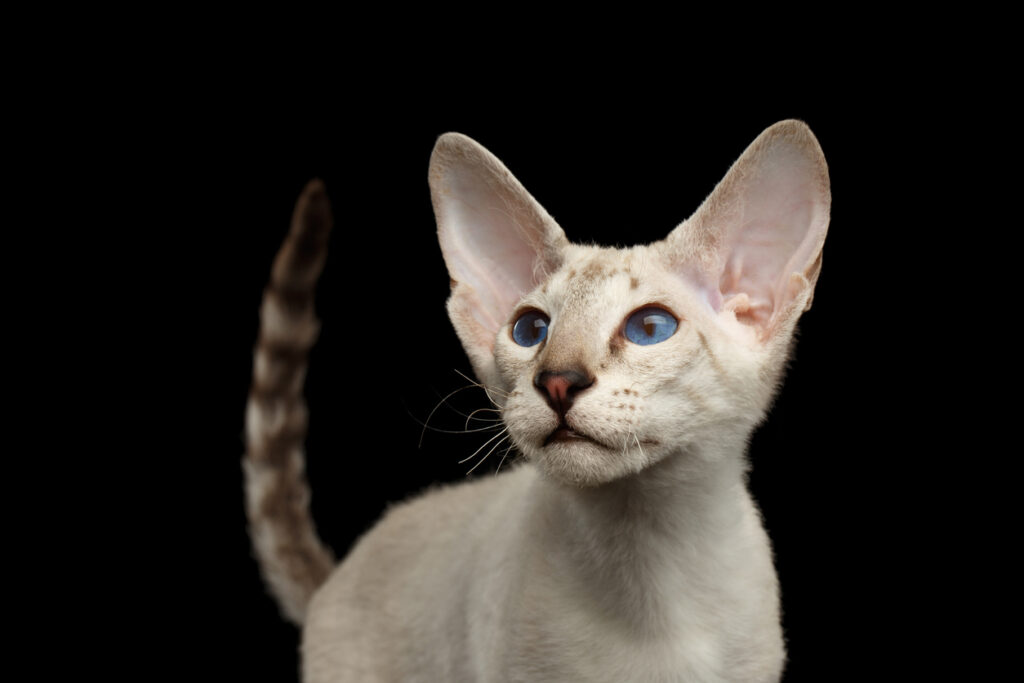
Elegant and slightly surreal, the Peterbald was developed in 1994 in St. Petersburg, Russia, by crossing Don Sphynx and Oriental Shorthair breeds. They sport long legs, a slender, muscular build, huge ears, and a whip-like tail. Their coat ranges from completely hairless to fine velour or light fuzz, and some are born coated but lose fur over time. Don’t be fooled by the look, Peterbalds are loyal, intelligent, and affectionate cats who love human interaction and will bond like a “dog with whiskers”. They enjoy play and attention, easily learn tricks, and hate being left alone. Coat care is minimal, but hairless varieties need sweaters, sunscreen, or indoor-only environments to stay comfortable.
6. Oriental Shorthair
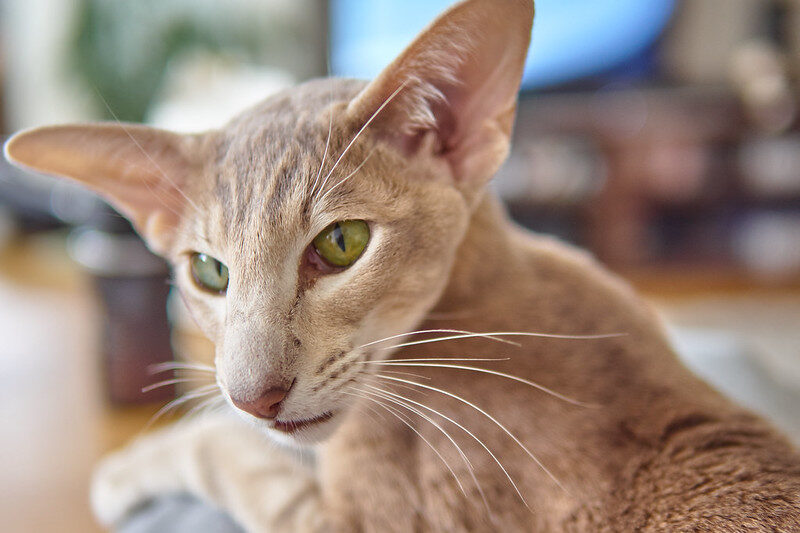
Sleek, sleek, and sleek, Oriental Shorthairs are Siamese relatives with slender muscles, long limbs, and overly large bat-like ears that give them a striking, expressive face. They come in more than 300 coat colors and patterns, with smooth short fur that gleams without heavy grooming. But it’s their personality that seals the deal, they’re highly vocal, chatty, intelligent, and thrive on companionship and stimulation. Known as the “honking cat,” they’ll hold entire conversations with their owners. These athletic felines also love climbing, fetch, and leash walks, needing active play to stay happy and prevent loneliness.
7. Selkirk Rex
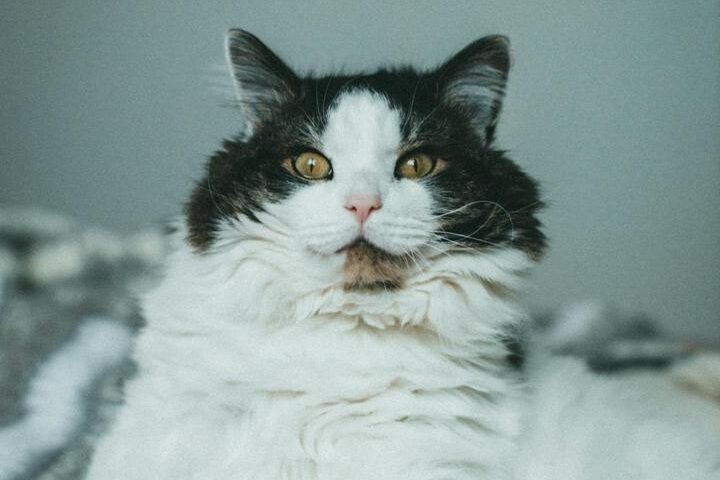
The Selkirk Rex is famous for its plush, curly coat, think of a cat fresh from a retro salon perm. These medium-to-large felines carry a sturdy, muscular build, with curls that range from tight to loose, and even curly whiskers. Hailing from a natural mutation in the late 1980s in the U.S., the breed has been nicknamed “cat in sheep’s clothing” thanks to its sheep-like fluff and teddy-bear face. Beyond their quirky appearance, Selkirk Rex cats are mellow, affectionate companions who crave cuddles just as much as playtime. They’re sociable lap cats but also curious and game for light activity. Coat care requires regular grooming to prevent matting, especially in the long-haired variety, and occasional baths help control greasiness if they inherit the strong Rex gene.
8. Scottish Fold
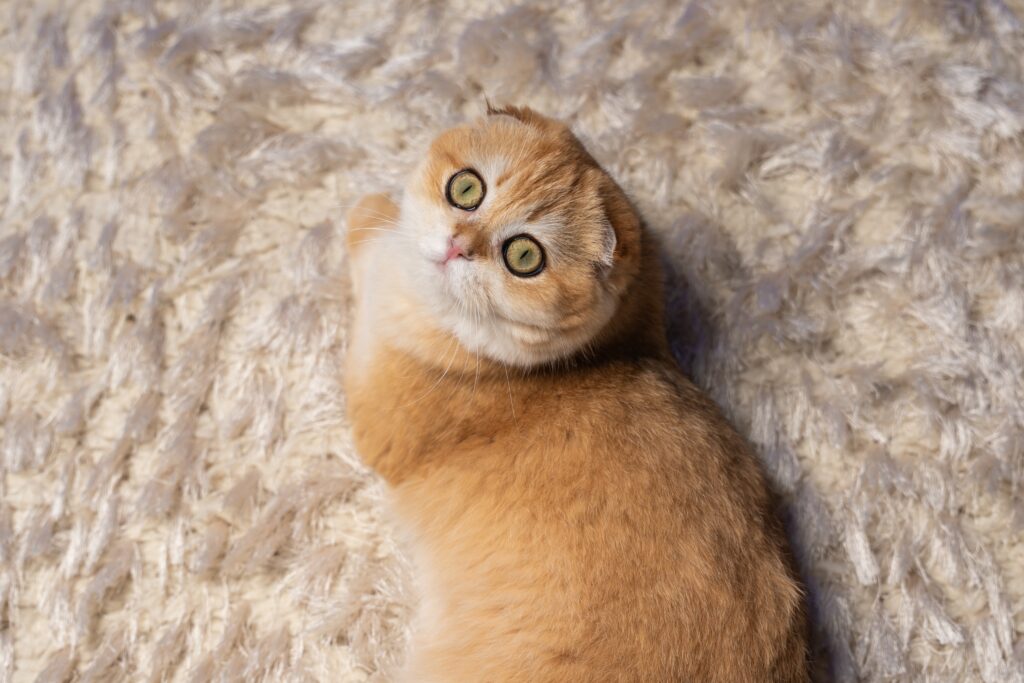
Scottish Folds are instantly recognizable with their folded ears that fold forward and down, giving them an endearing owl-like appearance paired with a round head and stocky body. This mutation arose in 1961 in Scotland and affects cartilage throughout the body, not just the ears. While charming, this mutation also leads to osteochondrodysplasia, a condition that can cause painful arthritis due to malformed bone growth. Despite the health concerns, many owners describe Scottish Folds as gentle, calm pets who enjoy a relaxed home environment. Veterinary experts caution that these cats may hide mobility issues and shouldn’t be bred without careful genetic screening. Breeding is even banned in several countries due to welfare concerns.
9. Devon Rex
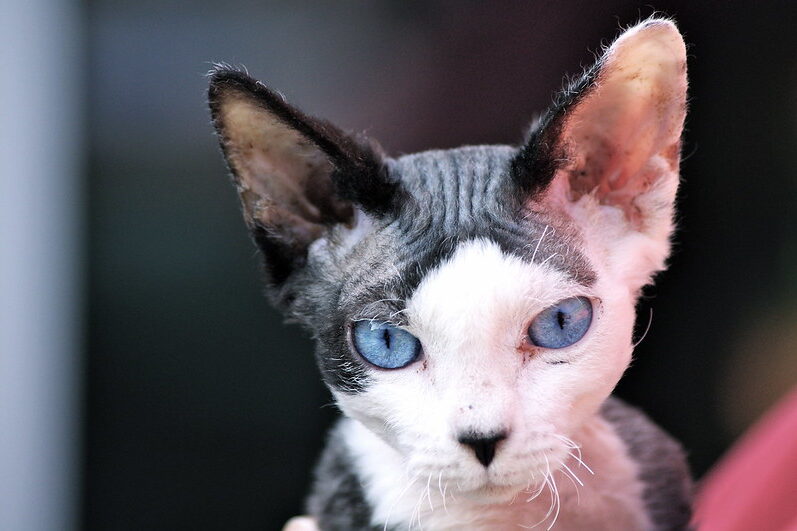
The Devon Rex is known for its pixie-like head, enormous low-set ears, and large expressive eyes, features so unique they seem otherworldly. Their short, curly coat adds to that “alien” charm, and they emerged in England in the 1950s. Their slender, muscular bodies and acrobatic flair make them delightful and dynamic companions. Personality-wise, the Devon Rex is loving, curious, and highly energetic, often referred to as a clown. These cats thrive on interaction, needing mental and physical stimulation through games, tricks, and climbing. Their coat is easy to care for, but their ear wax and skin oil levels need monitoring due to the unique coat texture.
10. Japanese Bobtail

The Japanese Bobtail stands out with its signature pom-pom tail, a natural, short bob that resembles a rabbit’s tail. No two tails are alike, they twist and curl in their own style, making each cat unique. This breed has deep roots in Japanese folklore and was officially recognized in the 1960s. These cats are active, intelligent, and affectionate, they’ll play fetch, greet you at the door, and easily fit into busy households. Their medium build and muscular frame make them sturdy, but their energy means they thrive with toys, climbing spaces, and companionship. Grooming needs are minimal thanks to their short, silky coat.
11. Khao Manee
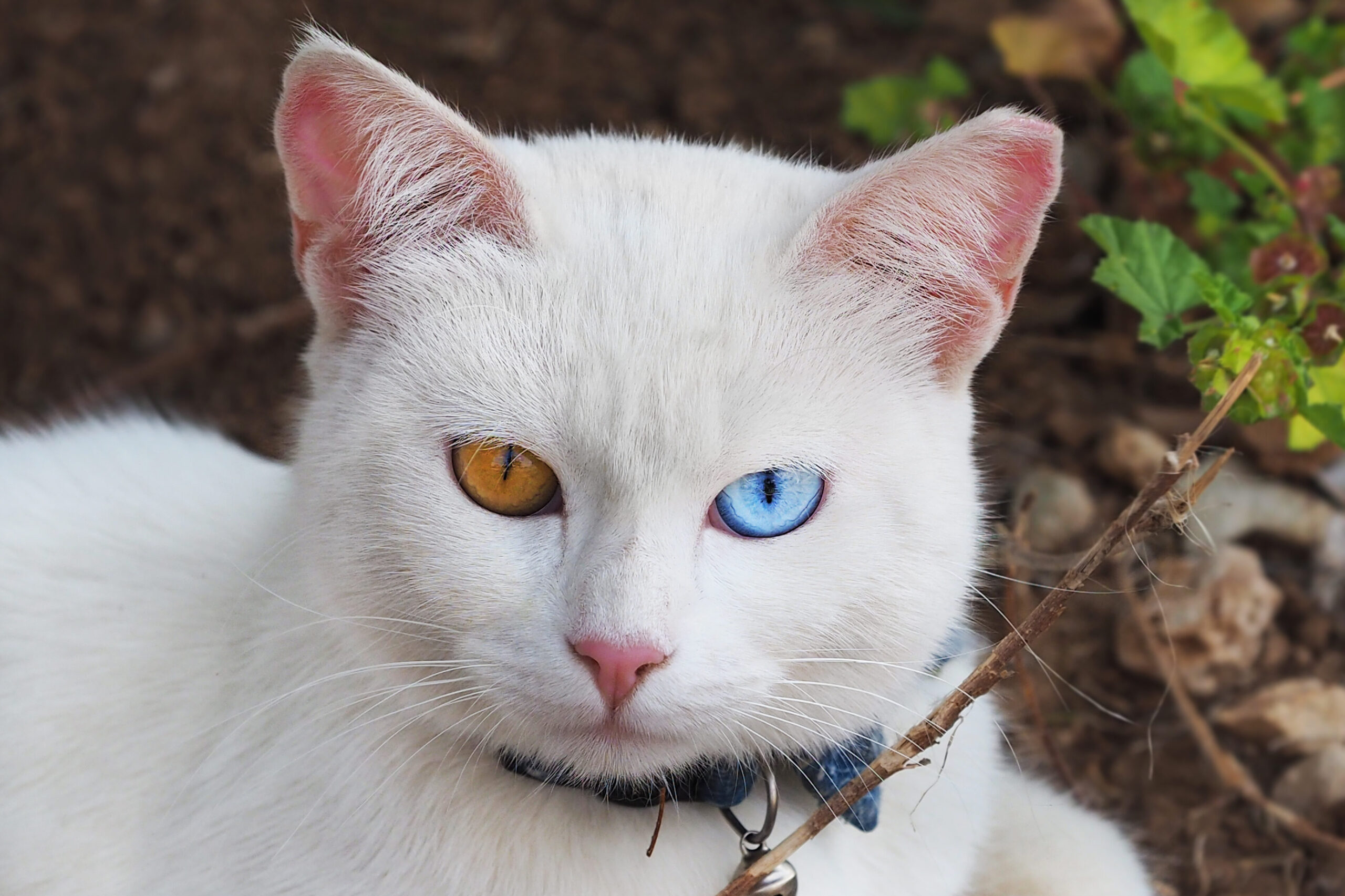
The Khao Manee, meaning “white jewel,” is a rare Thai breed prized for its pure white coat and striking gem-like eyes. The odd-eyed variation, with one blue eye and one gold (or green), is especially enchanting and steeped in legend, believed to bring good fortune. Intelligent and playful, Khao Manee cats are social and bond strongly with their families. Some odd-eyed kittens may be deaf on the side with the blue eye, but this doesn’t dampen their charm or ability to thrive in loving homes. They have a short, fine coat that’s easy to keep sleek and clean.
12. Polydactyl Cats
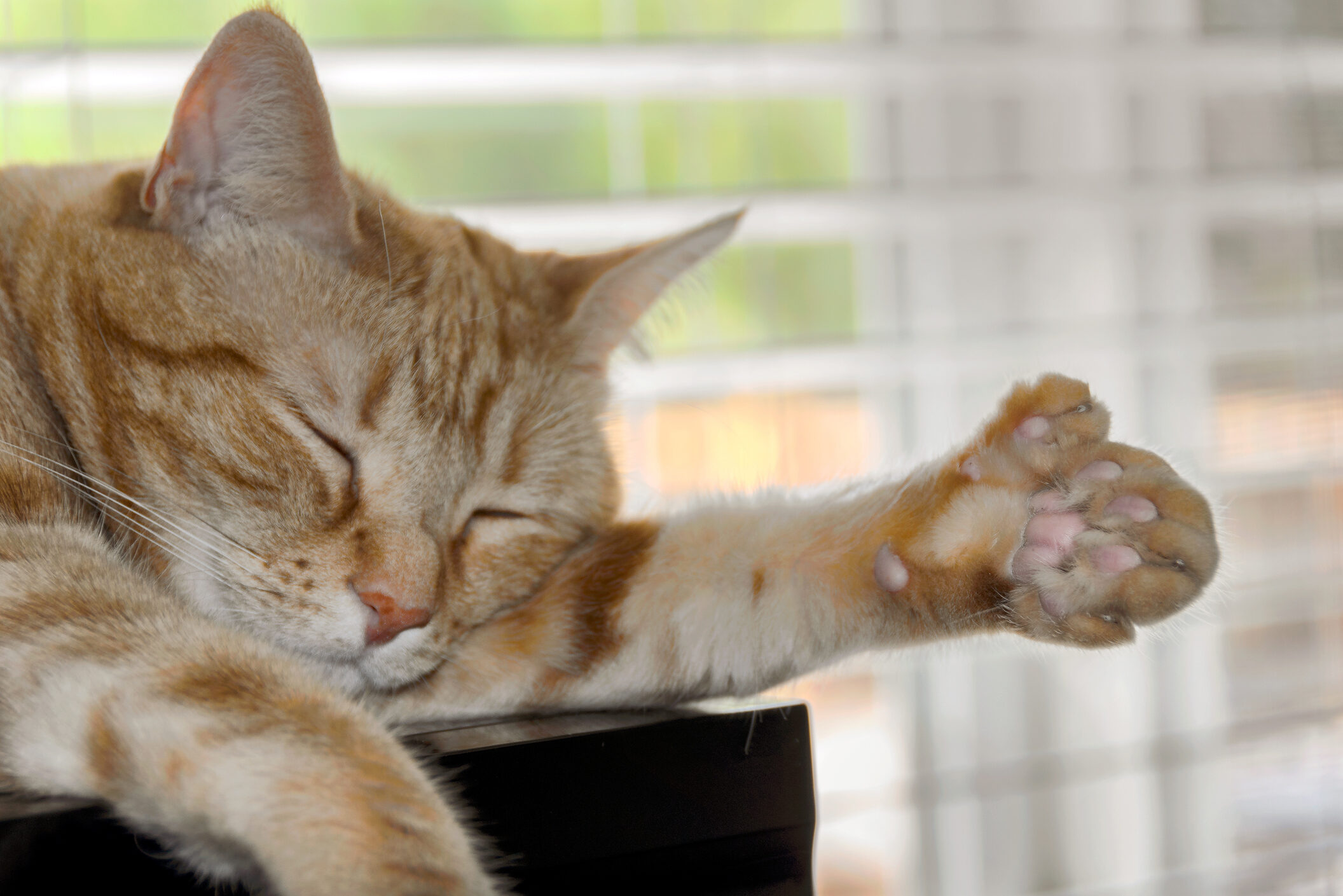
Polydactyl cats have extra toes, often six or more on one or more paws, due to a dominant genetic mutation called polydactyly that can show up in any breed, though it’s especially common in Maine Coons and Pixie‑Bobs. Nicknamed “mittens,” “boxing cats,” or “Hemingway cats,” these felines have long been prized by sailors for good luck and their purported balance abilities at sea. A record-holder named Jake famously had 28 toes, seven on each paw, with full bone and nail structures. Despite their unusual paws, polydactyl cats generally face no serious health issues. Regular claw trimming is essential because extra nails can sometimes curl into the paw pad, causing pain or infection. Their broader paws may provide improved grip, dexterity, and balance for climbing or hunting, though experts agree that this is likely more charming myth than biological advantage.
This story 12 Cats So Strange They Don’t Seem Real was first published on Daily FETCH


